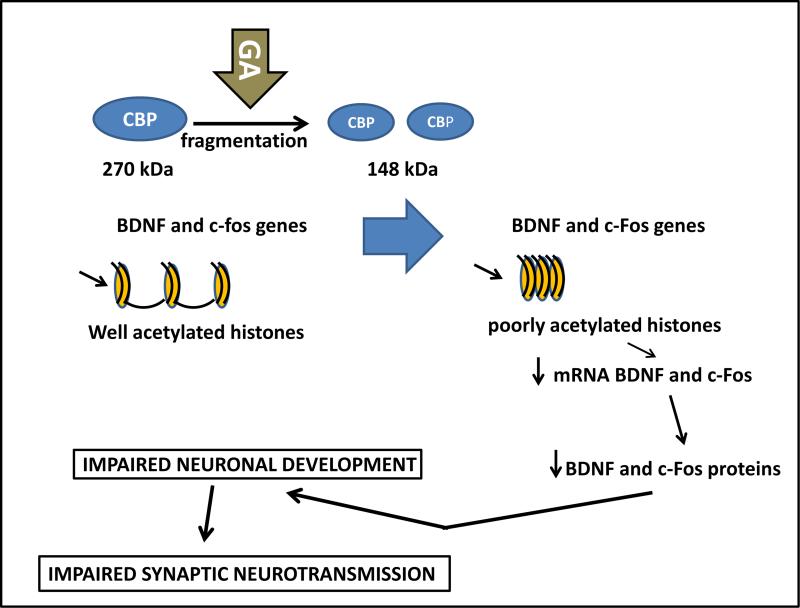Figure 12. Proposed cascade of epigenetic events responsible for anesthesia-induced neurotoxicity during critical stages of synaptogenesis.
Anesthesia promotes excessive cAMP-responsive element binding protein (CBP) degradation (fragmentation from 270 kDa to 148 kDa) thus down-regulating full length CBP protein with consequent decrease of its histone acetylase (HAT) activity. This decreased HAT activity, in turn, causes histone-3 hypoacetylation, an epigenetic change that leads to more condensed chromatin structure less conducive to transcription of the target genes brain-derived neurotrophic factor (BDNF) and c-Fos. BDNF and c-Fos are critical for neuronal morphological development. An impairment in proper dendritic arborization leads to impaired neuronal connectivity resulting in faulty formation of neuronal circuities and compromised synaptic neurotransmission.

